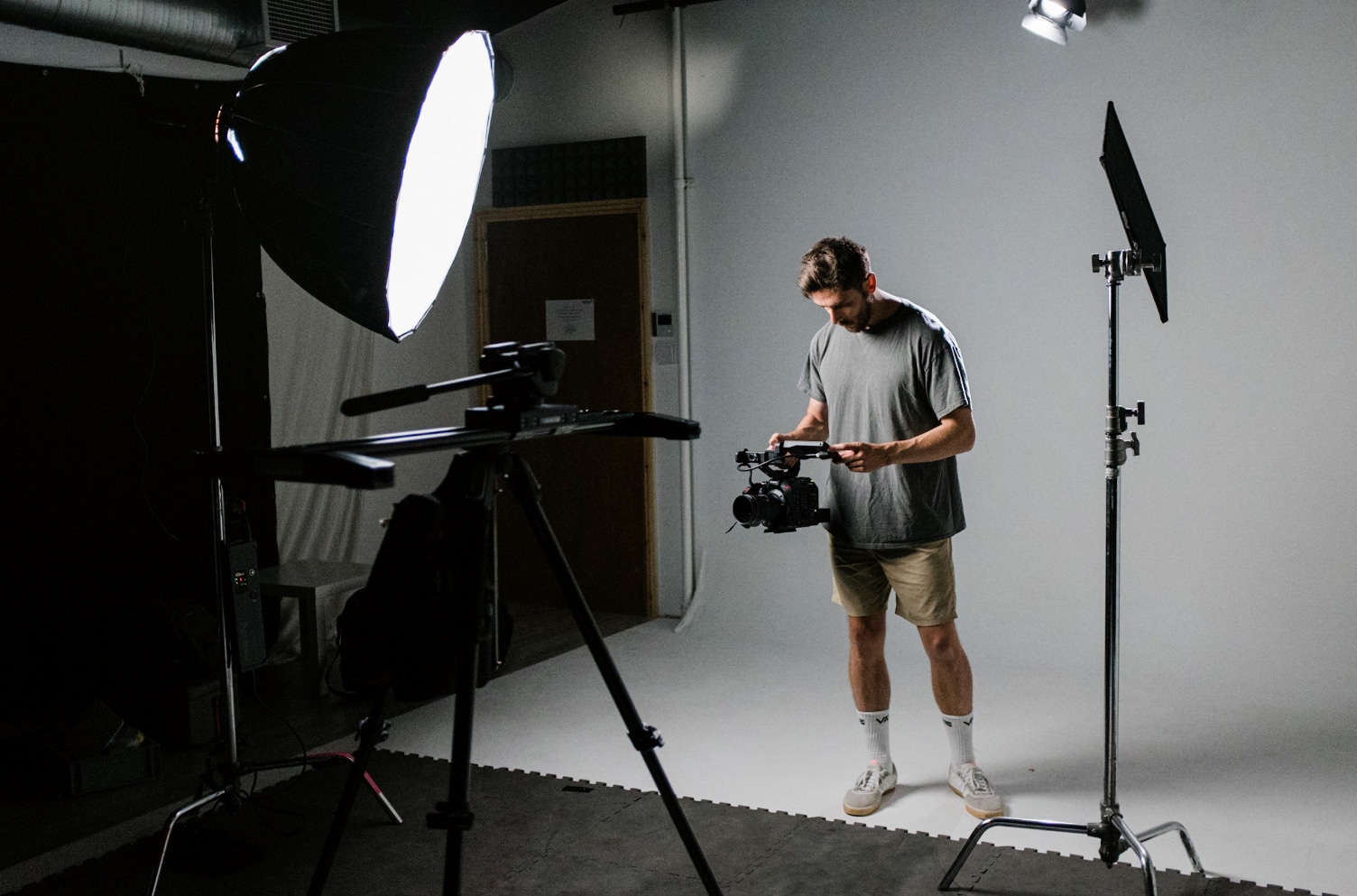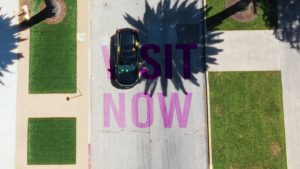Brand-new camera equipment is alluring, but there’s real value in buying used. Here’s why.
In 2021, inspired by my favorite composer, Gustavo Santaolalla, I purchased his primary instrument, the ronroco, from South America. It took several weeks to arrive, and when it finally did, I couldn’t stop admiring its beauty.
I mean, just look at it!
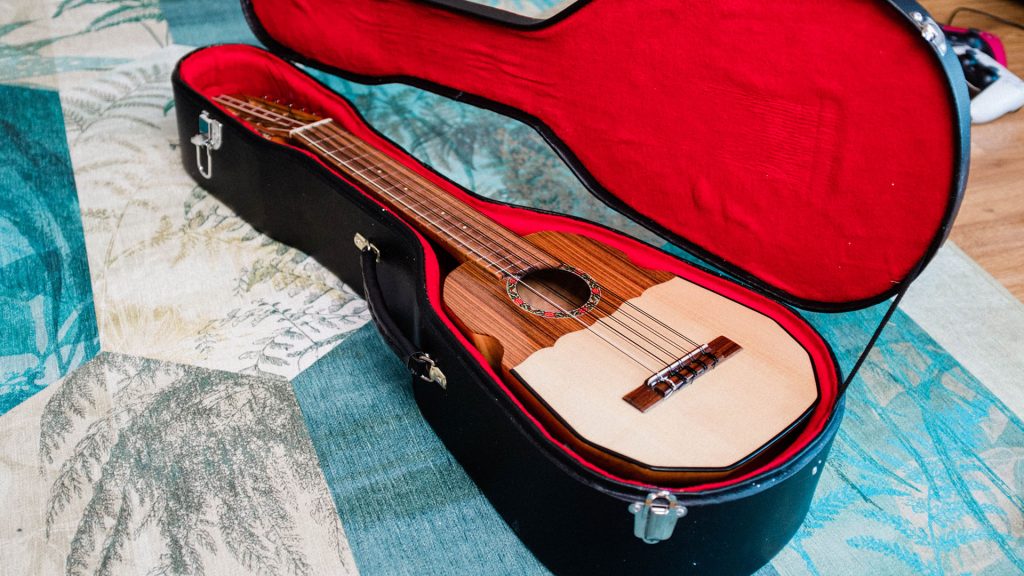
However, I didn’t know how to play this instrument. It wasn’t down to the fact that I was unfamiliar with a 10-string instrument or its unique tuning. It was… well, I’ve never learned how to play an instrument. Given its unique nature, I decided to instead opt for an acoustic guitar.
Unbeknownst to me, that was my first step into what would be a very expensive journey. Since then, I’ve purchased and sold over a dozen electric guitars. I’ve owned a few different amps as well as a collection of pedals. This might suggest that I’ve either won the lottery or I have more debt than most Dave Ramsey callers. But neither is the case. I’ve been able to cycle through guitars like Slash because they, fortunately, hold their resale value incredibly well, to the point where I mostly broke even or even made a slight profit. As an individual who has cycled through various cameras over the last 15 years, this was unusual.
Taking a Hit
In 2021, I made the single biggest investment I’ve ever made regarding film equipment. I purchased the Canon C300 Mk III from CVP for £10,580. In late 2022, aiming to shoot stock footage of the highest quality, I decided to part ways with the C300 Mk III (big mistake) to acquire a RED KOMODO (even bigger mistake).
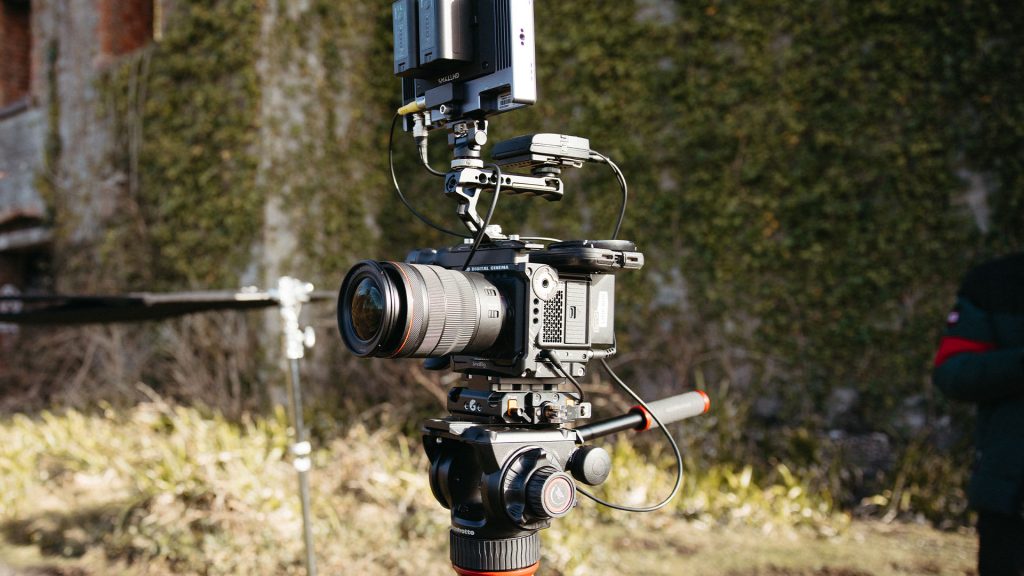
I loved the C300 Mk III; it was easily the best camera I’ve ever owned. However, there was always something about the footage that wasn’t ticking all of my boxes. It felt more like a high-end TV documentary than something I’d watch on Netflix or in a cinema. As I planned to spend 2023 becoming a stock video maestro (this didn’t happen), I believed the change would be beneficial.
At the time, on aftermarket sites like eBay, the C300 Mk III was selling for around £6000-£7000, depending on the condition and included accessories. Sometimes, you’d see nothing but the body fetching close to £7000 in an auction—likely a buyer getting caught up in the bidding war. But typically, they were going for around £6500 on average.
MPB, a website that specializes in used equipment, offered me £5,475.00. This was almost £1000 less than what could be earned if selling through eBay (minus the fees). But the peace of mind of selling directly to a company versus a private buyer, where scams are a potential risk, seemed worth the potential £900-£1000 loss. Still, we can’t ignore that the asking price for the C300 Mk III was nearly halved in just two years.
Two years.
Insane, right?
It’s worth noting, however, that just five months after selling the C300 Mk III, Canon did reduce the price of both the C300 Mk III and the C500 Mk II by £1000-£2000, depending on the model.
I’m very watchful about looking after my equipment. Not that I don’t push them to their absolute limits or use them in extreme conditions, but I make sure that they’re adequately protected and stored in a safe space. So when it comes to selling a camera or lens, they are in “like-new” condition.
So, this is a top-of-the-line Canon cinema camera in like-new condition. While I found its image quality less filmic than I desired, it doesn’t take away its professional qualities: 16+ stops of Dynamic Range, 4K 120fps, Super 35mm CMOS sensor, and Canon’s superb color science. Given the number of ENG-ready ports like the SDI port, two XLRs, and independent audio control, it’s not as if any of these features became obsolete in the following years. It’s still the same camera I purchased in 2021, producing the same images.
So why wouldn’t it hold its value like this vintage Fender Jazzmaster I acquired?
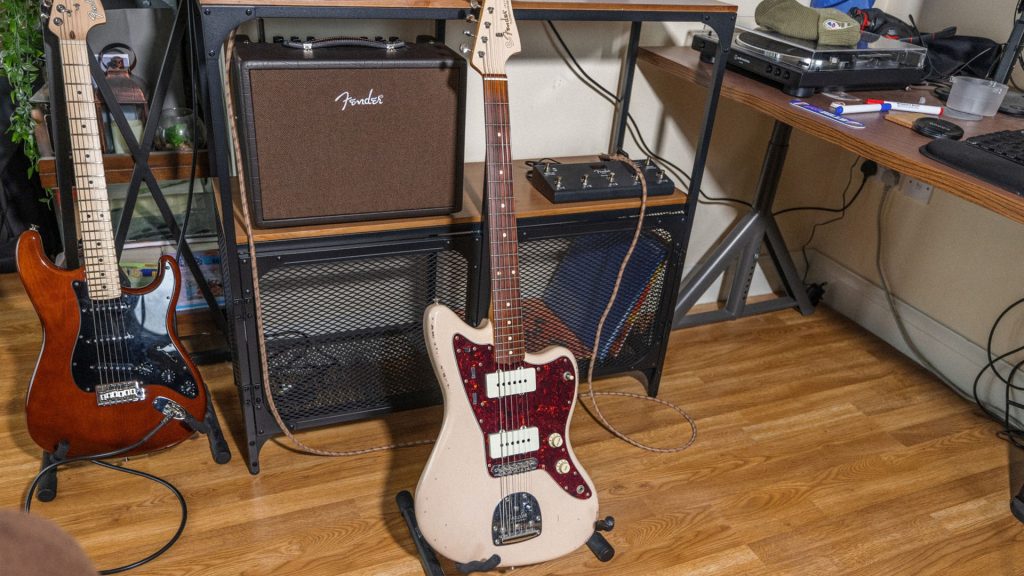
It unfortunately happened again earlier this year when I decided to part ways with the RED KOMODO (you can see why here). Just eight months after purchase, its value dropped by £2000.
Buying Used Equipment
However, this article isn’t focused on the reasons behind camera depreciation. Instead, it’s a guide to considering the purchase of used gear, which may save you from significant loss down the line.
Much like buying a new car, camera equipment – for reasons that may differ – depreciates in value the second you hit record for your first video or capture your first photo. With various platforms, like MPB, meticulously inspecting used gear and many sellers taking exceptional care of their equipment, I’ve begun to question whether there’s any genuine reason beyond a manufacturer’s warranty to invest in brand-new equipment.
In 2022, I purchased a used Canon R5. It has retained its spot of easily being my favorite camera of all time. The camera had only 450 shutter actuations and showed no signs of prior use. It even arrived in its original packaging, all for nearly £1000 less than the retail price. For 450 clicks of the shutter? Ok, I’m sold.
If my journey into the world of cameras and guitars has taught me anything, it’s that new isn’t always better. In fact, there’s an art, a science, and an economy to buying used that often trumps the thrill of unboxing a brand-new item. Here’s why you might want to consider going the pre-owned route:
1. Immediate Depreciation: Just like driving a new car off the lot, many products deplete in value the second they are purchased. The decline can be precipitous as I’ve personally experienced with my Canon C300 Mk III and the RED KOMODO. By buying used, you let someone else take that initial financial hit. You get a just as functional product for a fraction of the cost.
2. Quality Assurance: A misconception exists that used means abused. But as any enthusiast will tell you, people who invest significant money in hobbies or professions often baby their gear. They understand the equipment’s value both in monetary terms and in its ability to produce quality work. The ‘used’ market is brimming with meticulously cared-for items, many of them in near-mint condition.
3. History Tells a Story: There’s a certain charm in owning something with a backstory. Whether it’s a camera that’s captured remarkable moments or a guitar that’s been played in memorable gigs, there’s a legacy in these items. A new piece of equipment is a blank slate, but used gear comes with its own tales.
4. Sustainability: In a world increasingly conscious of waste and the environmental impact of consumerism, buying used is eco-friendly. It’s recycling at its finest! Instead of contributing to the demand for new products, you’re giving a second life to perfectly good equipment.
5. Trial and Learning: As with my experience cycling through various guitars, buying used allows for a sort of ‘trial and error’ phase. For those unsure about fully committing to a hobby or profession, it offers a more affordable way to explore and experiment. And if you decide to move on to something different? The resale value remains robust, ensuring you won’t be at a significant loss. If you cycle through new gear, the credit card soon takes a hit.
6. Genuine Reviews: New products come with promotional hype. It’s hard to sift through the marketing jargon and find genuine feedback. I mean, if you were subscribed to just a handful of camera YouTube channels, you’d see your feed inundated with Nikon ZF videos this week.
With used items, you have a wealth of user reviews and real-world experiences to guide your decision—especially the “One Year With The C500 Mk II” type of video. This kind of transparency is invaluable and ensures that the equipment you’re getting has been field-tested and approved by peers.
7. The Upgrade Carousel: We live in an age where FOMO doesn’t just apply to social events but to our gadgets and gear as well. There’s a pervasive sentiment, fueled by glossy advertising campaigns and influencer endorsements, that we must have the latest and greatest to stay relevant. Now, this isn’t me telling you not to continuously upgrade, because, well, I can be just as guilty. But if you’re upgrading from the latest model on the used market, overall, your losses will be less.
8. It’s a Smarter Financial Move: Let’s face it, hobbies and professions can be expensive, especially in fields like photography or film, where equipment can cost a small fortune. By buying used, you get more bang for your buck. The money saved can be reinvested into other areas, like lessons, trips, or even more gear!
The realm of second-hand equipment is more than just a resting place for obsolete gadgets; it’s a rich reservoir of top-tier items eager for new horizons. So, before you jump on the latest model or delve into a fresh passion, give the pre-owned market some thought. The gems you uncover – in both craftsmanship and the tales they carry – might astonish you. After all, it’s not merely about the apparatus, but the odysseys they’ve experienced and the new adventures you’re set to commence (that was cheesy, I know).
Looking for filmmaking tips and tricks? Check out our YouTube channel for tutorials like this . . .
